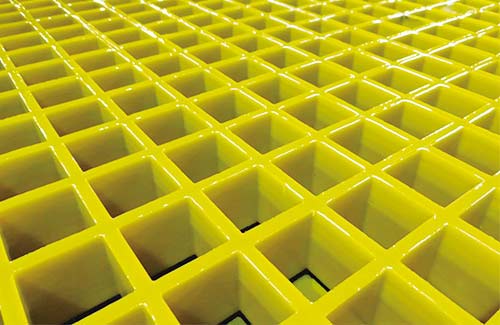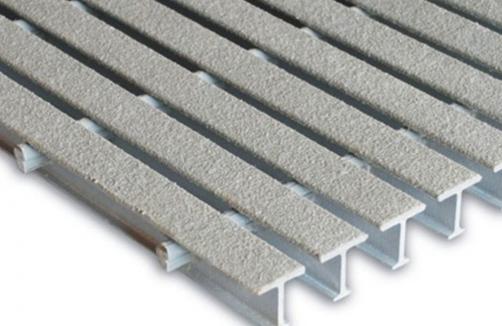FRP 앵글: 건설 및 제조 분야의 섬유 강화 폴리머 앵글에 대한 궁극적인 가이드
FRP Angles: The Ultimate Guide to Fiber Reinforced Polymer Angles in Construction and Manufacturing Fiber Reinforced Polymer (FRP) angles are essential components in modern construction and manufacturing, offering unparalleled strength, durability, and versatility. But what exactly are FRP angles, and why are they becoming increasingly popular in various industries? This guide will explore the benefits, applications, and frequently asked questions about FRP angles, providing valuable insights for professionals and enthusiasts alike. What Are FRP Angles? FRP angles are composite materials made from a combination of fibers, typically glass or carbon, and a polymer matrix. These angles are designed to provide structural support, enhance durability, and resist corrosion in harsh environments. Unlike traditional materials like steel or concrete, FRP angles are lightweight yet incredibly strong, making them ideal for a wide range of applications. Key Benefits of FRP Angles High Strength-to-Weight Ratio: FRP angles offer exceptional strength while being significantly lighter than conventional materials. This makes them easier to handle and install, reducing labor costs and project timelines. Corrosion Resistance: Unlike metal, FRP angles do not rust or corrode, making them perfect for environments exposed to moisture, chemicals, or saltwater. Durability: FRP angles have a long service life, resisting cracking, shrinking,

